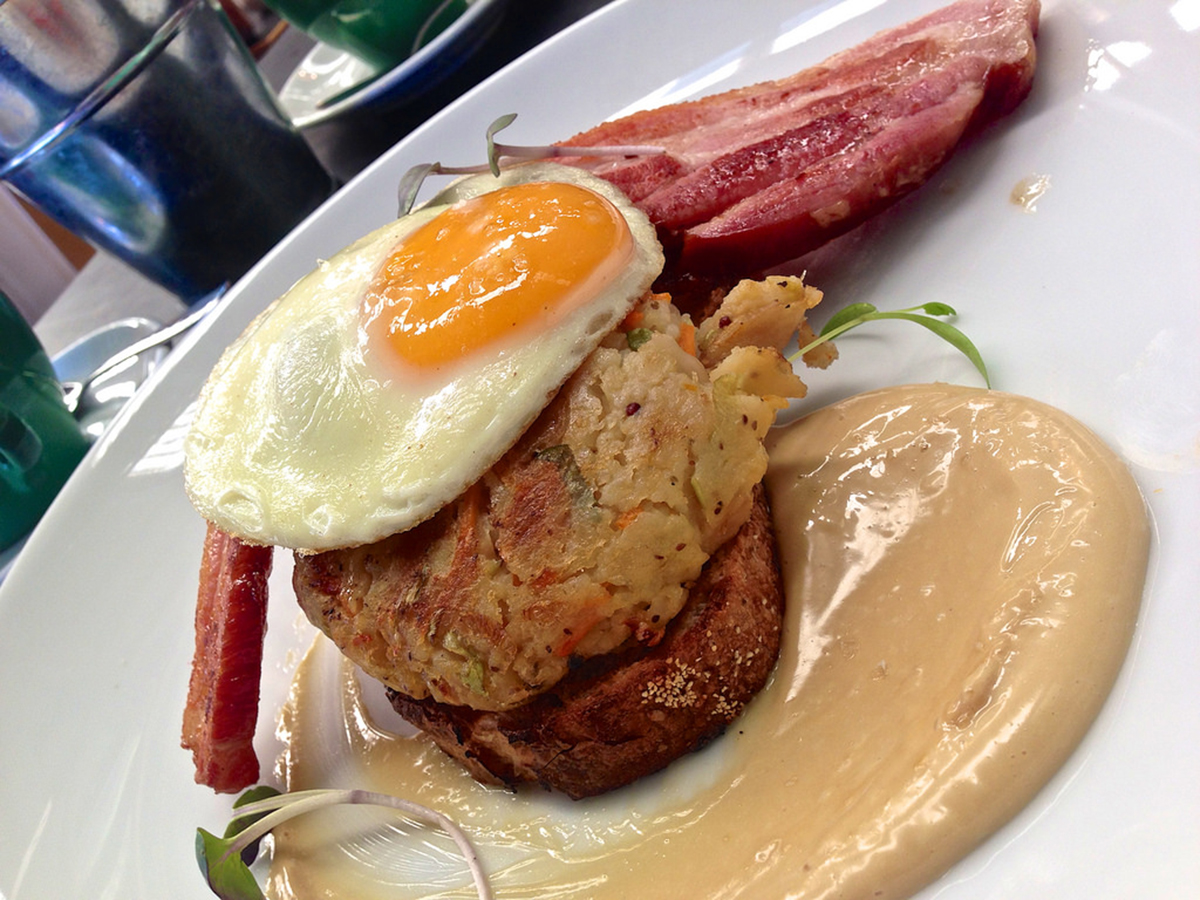Table of Contents
We need to gain 8 essential proteins from our diet and 12 non-essential proteins that we make in our body. A food that contains all 8 essentials is called a complete protein, whereas if 1 or more are missing it is called incomplete. With the exception of soya, complete protein comes from animal sources while incomplete protein comes from vegetables, but you need to eat a range of sources of incomplete protein to get the right amount or eat complete proteins. Examples of complete proteins are chicken, eggs, red meat and soya beans and incomplete can be wheat, oats, rice, pulses, nuts and vegetables. If you eat beans on toast that's two incompletes (wheats and beans) so helps to build up the amino acids!

Fats
The most commonly hated food source is fats. Again, it receives a lot of bad press but is in actual fact a major part of our daily intake.
The functions of fats are to form cells, form the myelin sheath that coats nerves, protects organs and insulates the body and many more. Fats are part of the lipid family which predominantly supply energy for everyday activities and movements but they are quite calorie dense, with 1g containing 9 calories. Oil and fat come from the same family. The only difference is that fat is solid at room temperature and oil is liquid. For example, animal fat goes solid after cooking, whereas olive oil stays oil.
There are two main types of fat: saturated and unsaturated. Saturated fat is the worst of the two types because their molecular form doesn't change and cannot be broken down. So when you eat animal fat that has melted it becomes a liquid or oily form but if it is not broken down and digested then it is stored (just like the white fat you clean from the baking tray!). And this is the same as saturated and hydrogenated fats that are added to foods to make them last longer. However, unsaturated fats such as olive oil have health benefits and are useful within the body.
Having said that you do need a level of both types but no more than 10% should be saturated fats.
How Much Of Each?
Each gram of carbohydrate, protein and fat has a calorie amount. One gram of carbohydrate has 4 calories as does protein and fat has 9 calories per gram. You can use this to work out how many of your calories come from each macronutrient source. For example if there are 100 calories in sandwich it usually tells you on the packet the percentage of macronutrients are within the sandwich. And ideally you want the fat to be lowest proportion - but in a lot of cases of processed food this isn't the case.
See Also: Fat Vs. Carbs: Which One Is Really To Blame?
Carbohydrate should make up about 50-60% of your daily diet. The British Nutrition Foundation found the average intake in men was 272g and women 193, equalling just over 45% of their total. Protein should make up somewhere between 10 and 30% depending on the needs of the individual, another way to work this out is for every pound of body weight equals 1g of protein (100lb man needs 100g of protein). Fat intake should be no more than 30% and saturated in particular no more than 10%. These numbers will vary depending on the size and weight of the individual and there are lots of calculators on the internet to help you estimate your daily balance.
- Photo courtesy of Vauvau by Flickr: www.flickr.com/photos/vauvau/8059992804
- Photo courtesy of Ultrakml by Flickr: www.flickr.com/photos/ultrakml/12167069433
- http://www.bodybuilding.com/store/amino.html www.nutrition.org.uk


Your thoughts on this